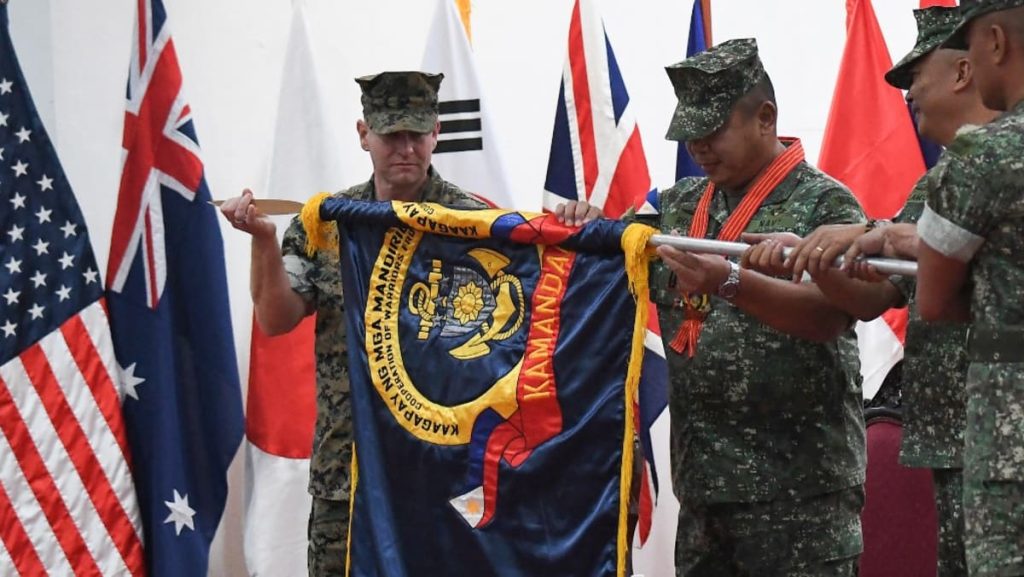Thousands of United States and Filipino marines kicked off 10 days of joint exercises in the northern and western Philippines, known as the Kamandag or Venom exercises. These exercises are focused on defending the north coast of the Philippine main island of Luzon, which is located about 800 km from Taiwan. The drills come in the wake of China holding significant drills around Taiwan, as Beijing considers Taiwan part of its territory and has threatened to use force to take it, labeling the drills as a warning to separatist forces on the island.
The joint US-Filipino exercises are taking place amidst escalating tensions between China and the Philippines over reefs and waters in the South China Sea, which Beijing claims almost entirely for itself. The Philippine Marine Corps commandant emphasized that the Kamandag exercises were planned long in advance and are not related to the current regional situation. The primary focus of the drills will be on live-fire exercises along Luzon’s north coast, with additional activities taking place on small Philippine islands between Luzon and Taiwan.
The exercise director for the Philippines, Brigadier-General Vicente Blanco, highlighted that the exercises are centered around a coastal defense doctrine, designed to prepare for potential threats directed towards the country’s territory. Despite the proximity to Taiwan, Blanco clarified that the drills are not intended to involve the Philippines in any conflict over Taiwan’s status. Colonel Stuart Glenn, representing the US Marines, emphasized that the exercises aim to improve the ability of the United States and its allies to respond to any crises or contingencies that may arise.
In addition to the exercises along Luzon’s north coast, part of the drills will also take place on the western Philippine island of Palawan, which faces the disputed South China Sea. This location underscores the strategic importance of the exercises, given the ongoing disputes over territory and resources in the area between China and several Southeast Asian nations. The presence of US and Filipino forces in this region demonstrates a commitment to upholding regional security and stability amidst growing tensions and assertiveness from China.
Overall, the joint US-Filipino exercises are part of a broader effort to enhance military cooperation and interoperability between the two countries. By conducting training exercises together, the armed forces of the United States and the Philippines are able to strengthen their capabilities and readiness to respond to various security challenges in the region. While the drills are not intended to provoke conflict or escalate tensions, they send a clear message of unity and resolve to defend shared interests and uphold international law in the face of growing assertiveness from China in the Asia-Pacific region.















